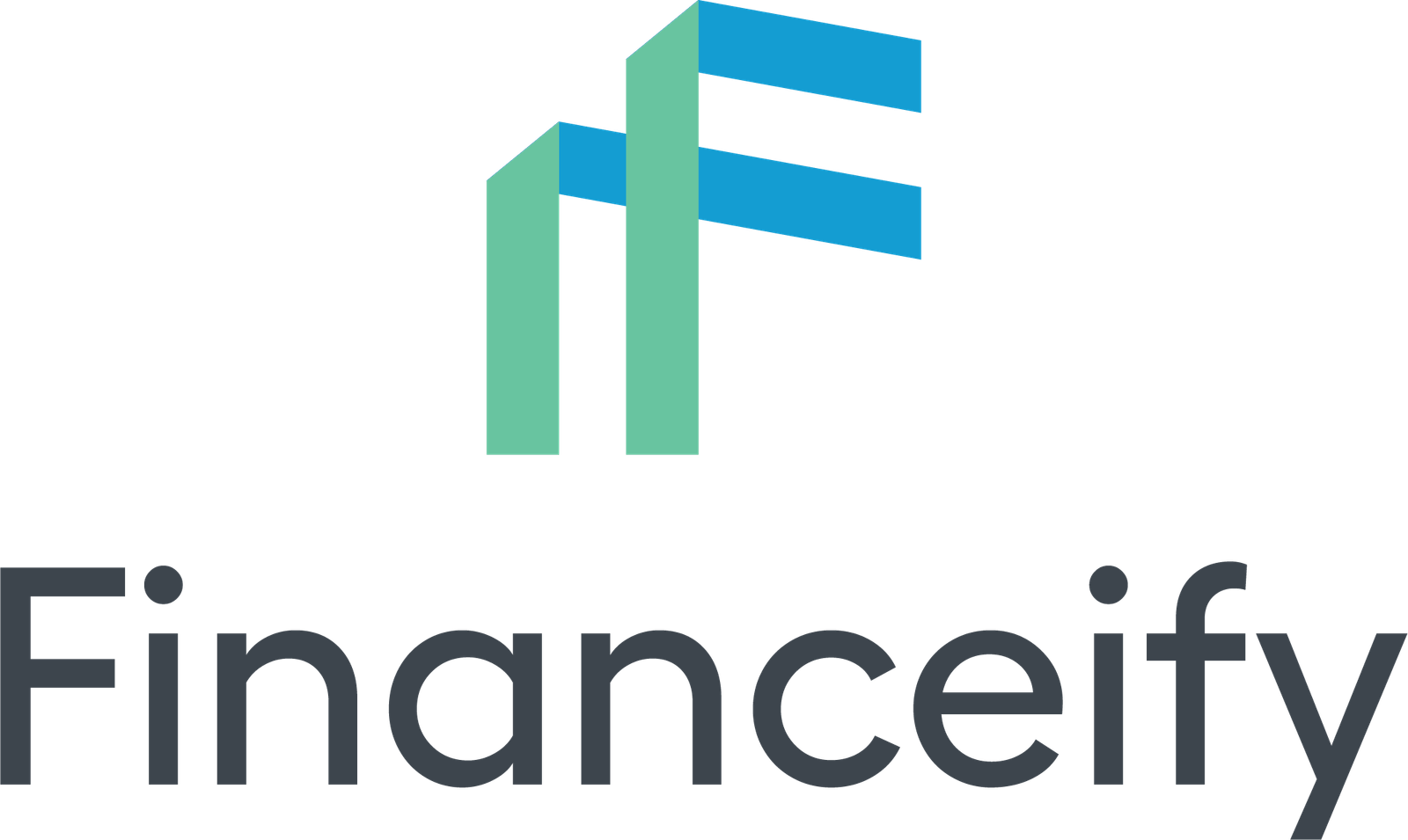A pension plan is a retirement savings program offered by employers to provide employees with a source of income in retirement. It involves regular payments by both the employer and the employee.
A retirement plan, offered by many employers as part of an employee’s salary, is designed to provide a steady source of income in retirement. These plans include regular contributions from both the employer and the employee, and their main goal is to ensure financial stability in the later years. Let’s look at the intricacies of retirement plans, including the two main types – defined benefit (DB) plans and defined contribution (DC) plans – and how they work to protect your retirement.
Defined benefit (DB) pension plans.
A defined benefit pension plan is a traditional form of retirement in which retirement income is predetermined and guaranteed for life. The income you receive is calculated using a special formula, usually taking into account factors such as earnings and length of service with your employer. In most DB plans, contributions are made by both you and your employer, and the employer is responsible for investing these contributions to ensure there is enough money for future pensions. In case of a shortfall, the employer is obliged to cover the difference.
Defined Benefit Plan Calculation: For example, a company may calculate a defined benefit as 2% of your average salary for a year of employment multiplied by the number of years you were a member of the plan. If your average annual salary was $50,000 for 30 years, your annual pension would be $30,000: $50,000 x 2% = $1,000 x 30 = $30,000.
Defined contribution (DC) pension plans.
In a defined contribution pension plan, the contribution amount is fixed, but retirement income is not guaranteed. Both you and your employer typically contribute to the plan, with the employer sometimes matching your contributions, usually at 2% – 5%. You are responsible for investing these contributions, just as you are responsible for managing your RRSP. The amount available for retirement depends on your total contributions and investment returns.
Use of DC Plan Funds: Once you retire, you can use the money in your account to generate income by purchasing an annuity from an insurance company or by transferring your savings to a closed-end retirement fund (LRIF) or LIRA and RRIF or annuity.
Workplace savings plans
In addition to pension plans, some employers offer company savings plans that are more flexible. These plans allow you to save for a variety of purposes, not just retirement. While you may not be able to access these funds while you are employed, you can transfer them after you leave your employer. Workplace savings plans often include lower investment management fees and employer contribution benefits, doubling your saving power. They also promote automatic savings directly from your paycheck.
summary
Your employer may offer a retirement or savings plan as part of your compensation, each with unique goals and benefits. Defined benefit plans guarantee lifetime retirement income based on a formula, while defined contribution plans guarantee contributions but not retirement income. Savings plans, on the other hand, offer flexibility for a variety of goals, with some restrictions on withdrawals during employment. Understanding these plans, their rules and any associated fees is crucial to successful long-term savings and retirement planning.


